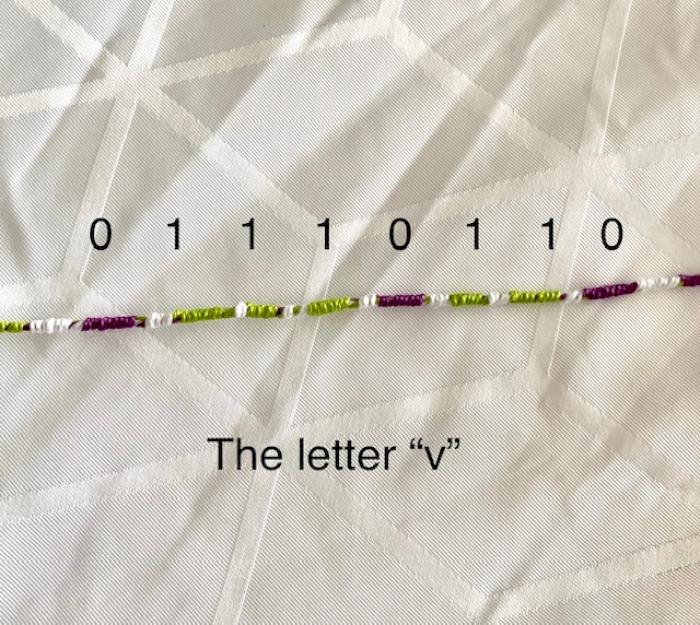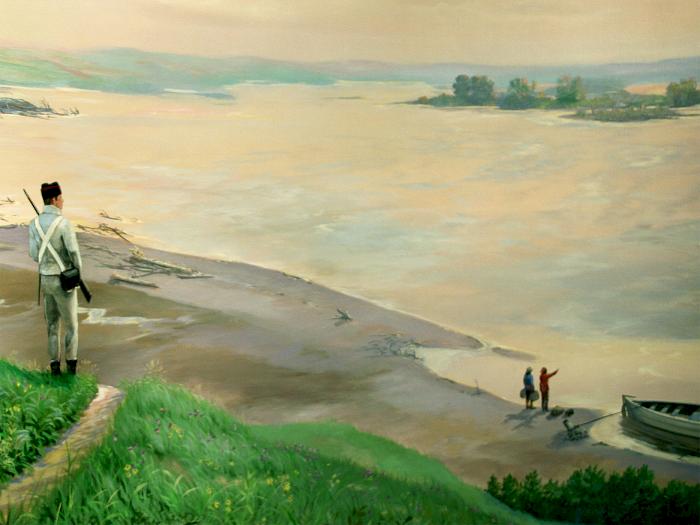Binary Code Bracelet for Best Friend Day
- Monday June 8 2020
- General SCI
Humans have used many different types of code to communicate with each other. What examples can you think of? Perhaps you listed hieroglyphics, the alphabet, Morse code, a cipher or even music. Maybe you thought of different types of computer language code such as C++, JavaScript, Python or Ruby.
There's a simple code that uses two symbols, 1 and 0. This is known as Binary Code. Imagine sending messages, instructions and data using an alphabet with only two letters!
Most modern computers use binary encoding for their instructions and data. We can also use binary code to send message to our friends. Since today is National Best Friend Day, you can make a bracelet for your best friend with an encoded word(s). We used the word "love."
Here's the translation:
01101100 01101111 01110110 01100101
l o v e
Each letter of the alphabet can be made with a combination of eight bits represented by a 1 or a 0 (view the code for the full alphabet here). This is known as a "byte." To make our "L-O-V-E" bracelet, we will need three colors of embroidery thread, scissors and masking tape. Then:
- Cut two pieces of each color thread that is about the length of your leg.
- Line up all the thread pieces and fold them in half, creating loop.
- Tie a simple knot in this loop and tape it to the surface you are working on.
- You are going to wrap one color of thread around the other threads. The pattern you use here will represent the code. (We used purple embroidery thread to represent “0” and green embroidery thread to represent “1," putting a small amount of white thread in-between to make the separation a little clearer.
We wrapped the thread around four times for each bit, which made our bracelet quite long - so now it's more of a necklace! By looking at the pattern, you can give your best friend a special code that says how much you love them.


